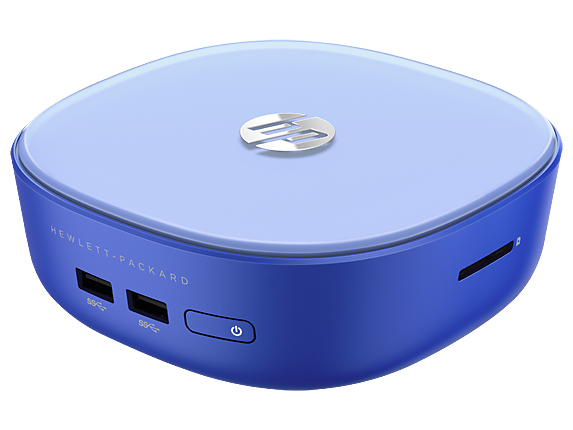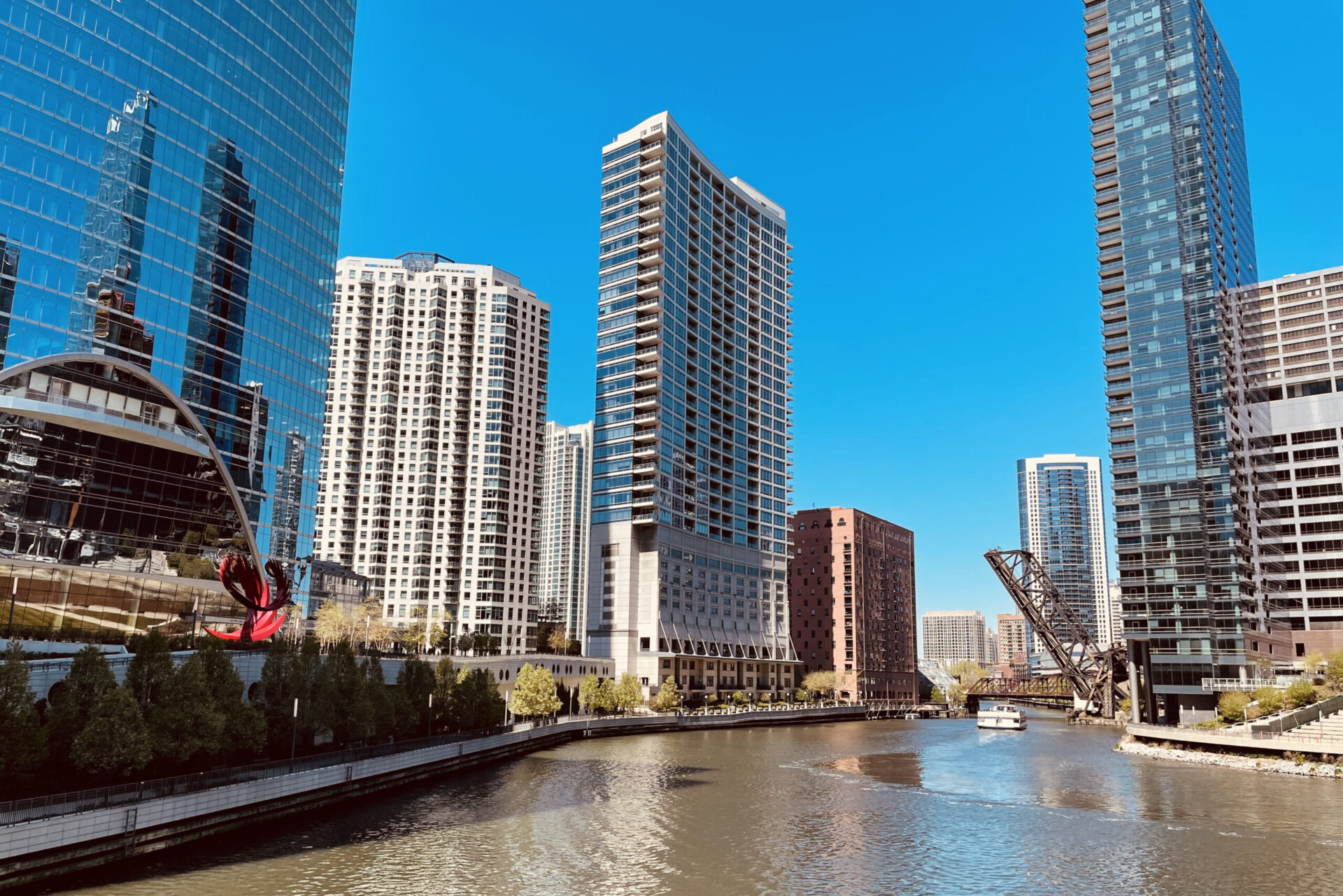
Sometimes, technology actually solves a problem. In this case, we have the HP Stream Mini Desktop 200-010, a $179 computer with the footprint that’s smaller than the average carryout box, yet delivers the goods as promised.
I made my switch to being a full-time Mac user over 10 years ago, yet I still have a few PC applications that either haven’t been migrated to OS X, or for which there’s no Mac-native equivalent. For that reason, I kept a Windows machine around as long as I could. My last “official” Windows machine, a Fujitsu LifeBook, was removed from service about a year ago when I got tired of its wheezing. Since then, I’d been using a Windows 7 BootCamp partition on my MacBook Pro Retina to run the remaining few apps on that platform.
Two of those applications, PlayOn and TotalRecorder, require a running PC for an extended amount of time, e.g., the amount of time you plan on using them. PlayOn is a media-streaming service that will send all kinds of internet-based and network-local media to a WDTV Live or Roku (or Chromecast, phone or tablet). TotalRecorder is a program that captures internet streaming audio, and I use it to record longer-format shows like Those Were The Days, the four-hour old time radio show out of Chicago. Having to lock my Mac into Windows mode for hours while running these programs was an intrusion.
(And yes, I know there are many streaming-audio capture programs available for the Mac– I am a huge fan of Audio Hijack— but it still does not solve the challenge of having to leave my Mac on for hours.)
When I saw a review of the new, tiny HP desktops in Ars Technica, I realized I may have found a solution to my Windows challenges. HP has just introduced a line of inexpensive, lower-powered computers that run Windows 8.1, and the cheaper desktop looked like it could be put on a shelf, loaded with my software, and left to run happily.
It turns out I was right.
I bought the HP Stream Mini Desktop 200-010 at Amazon for $179 during the last week of February, 2015. It’s a good thing I did, too, since within a week they were out of stock everywhere, including HP’s site. (As of this writing, other sellers are gouging for the device at $250.) Based on the recommendation of one of the Amazon customer reviewers, I also bought a stick of 4 GB memory to bring the total memory to 6 GB and the price to $212. I later replaced the stock drive with a 128GB SATA M.2 SSD for about $60, providing me with a little more storage overhead; but more about that later.
The computer showed up in a box about the size of a laser toner cartridge. The biggest thing in the box was the full-sized USB keyboard, which HP provides along with a USB mouse and external power supply. The keyboard and mouse are average-quality, certainly enough to get the job done. The main unit will easily fit in your hand, and the included setup guide is easy to follow for setting the computer up.
Once connected (I used my Vizio HDTV as the display, and plugged in an Ethernet cable to get it on my network), the computer booted quickly into a guided setup screen. Not having ever dealt with Windows 8, I was actually impressed with the way the software walks a new user through initial configuration. Within 5 minutes, the computer was up and running on my network, ready for me to start loading my software.
Right out of the box, I saw I had about 12GB of disk space available. This was not a big issue, as my plan was to only load a couple program on the computer, and any data would be put on Dropbox or OneDrive and deleted soon after. I also went through and deleted software that I knew I wouldn’t use: as pointed out in other reviews, HP was very conservative with loading this machine with the usual “bloatware” given the small amount of storage they provide.
My cable provider gives its subscribers free antivirus, so after loading that and Dropbox, Google Chrome, and Firefox, I was ready to install my programs. Given the local space available, I had to choose “Selective Sync” on Dropbox because I have a ton of stuff out there: I only chose the directories I knew I’d want to access from this computer.
PlayOn installed just fine. The HP Stream’s specifications are well within the requirements for the program, so there was no problem serving up stutter-free video over my network to my TV-connected devices. I added an external 1 TB drive to the HP to serve up my library of media using the MyMedia feature of PlayOn.
TotalRecorder installed with only one bump: in order for streaming audio to work on the computer, it has to know there is an audio output device connected since it has no internal speaker. If I went to a site with streaming audio, it would simply not play it at all, which means TotalRecorder could not capture anything. I resolved this by plugging in a cheap pair of headphones and leaving them on the shelf with the computer. From there, it worked perfectly.
The only thing remaining was to figure out how to remotely access the computer, as I did not want to leave it connected to a monitor or the TV. Since the Stream comes with a version of Windows 8.1 that does not include Remote Desktop, I had to think of another solution. I am a big fan of TeamViewer, which allows a user to gain control over a remote computer as long as it’s connected to the internet. (I use this when troubleshooting my daughter’s computer while she is at school.) I loaded TeamViewer and set it up for “Unattended Access” which involves setting up a free account at TeamViewer’s site. After entering the codes provided, I was able to fully control the Stream from my MacBook. The only challenge with this setup, however, is that the remote computer has to think it has a monitor connected in order to have a display to “share,” otherwise it will display a blank screen. I solved this by buying a Compulab fit-Headless HDMI adapter, which acts as a display emulator (the radio geek in me calls it a “dummy load”) and plugs right into the computer. I unplugged my monitor from the Stream, plugged the adapter in, and remotely accessed it again from my Mac. Success!
It’s worth pointing out that HP does not provide Recovery Disks with the computer: there is a Recovery Partition on the built in hard drive, but they recommend you create media with the recovery software as well. Following these instructions I created a Recovery USB key, which is a good thing to have in the event of a hard drive failure. If a system crash occurred, I’d have the tools to rebuild the system.
After a couple weeks of the Stream’s providing solid service, I realized I was constantly running at about 5GB of disk space to spare. This would have been okay, but I figured SSDs are pretty cheap so I may as well give myself a little overhead. As mentioned above, I bought a Transcend 128GB M.2 SSD which would provide plenty of space going forward.
The physical installation was very easy. This video shows how to disassemble the Stream and where the memory and hard drive go. (It also shows the impressive compact design of the computer.) I was able to remove the old drive and install the new one in a couple minutes. I did not format the new drive or anything– it was plain “vanilla” right out of the package.
Once reassembled, I inserted the USB Recovery Key I described above and powered the computer up.
I booted the PC, and since it could not find an OS on the internal drive, it proceeded to boot from the USB. The menu that came up gave several options for diagnosing and rebuilding the computer. I chose the option to “Reset my computer” which destroys everything that’s on the internal hard drive by reformatting and repartitioning to the factory defaults. It then loaded the factory system image, rebooted, and I was presented with a system that looked exactly like it was when I took it out of the box.
I had to re-register and reload my programs, but most importantly, I discovered the “reset” program had repartitioned the new internal drive with an appropriately-set recovery partition (as I expected) and a C: partition that took up the remainder of the drive’s space. The “reset” process running from USB took less than 30 minutes to complete. I reloaded my programs and configured everything the way I wanted, which added about another 30 minutes to the process.
I came to this solution after searching on the internet for ways to reload the computer’s current image on a new drive, but none of what I found was particularly helpful or easy to follow. That’s when I decided to go after the “slash-and-burn” approach, knowing that HP must have provided some sort of tool to restore the factory image.
One thing to point out about the “Reset” option: when you follow this path, the installer creates the main C: and Recovery partitions as described above, but instead of “hiding” the Recovery partition as it comes from the factory, the Reset mounts the Recovery partition as drive D:. Since the partition is loaded to just about its 6.7GB capacity, Windows will consistently throw “Disk Almost Full” errors. The best thing to do is to use the Control Panel option for changing Notifications, and turn off the warnings for Low Disk Space.
Overall, I am very pleased with this computer, and I am looking forward to seeing what else it can do. Bravo to HP for coming out with such a great little piece of equipment!
